 How Fault Will Influence a Settlement Offer
How Fault Will Influence a Settlement Offer
Ohio is a modified comparative fault state. The insurance company will reduce the amount of damages that a claimant can collect by the claimant’s proportion of fault. For example, if a defendant is 70 percent at fault and claimant is 30 percent at fault and suffered $30,000 in damages, the claimant can collect only $21,000, not the full $30,000.
Further, claimants cannot be more than 50 percent at fault if they wish to collect damages. If fault hits 51 percent for any individual, then that individual is unable to recover any damages at all. So in the above example, the individual who is 70 percent at fault for the accident cannot recover any damages.
This is why it’s so important to establish the defendant’s fault. Claimants should assess whether they have adequate evidence to establish the defendant’s fault and whether they hold any fault for the accident when evaluating the insurance company’s settlement offer. If they are unable to prove the other party’s true degree of fault at trial, then they should discuss this with their attorney when deciding whether to accept the offer.
Why do insurance companies offer low settlement amounts?
Sometimes, insurance adjusters play games with accident victims to get them to admit fault or downplay their injuries. They may ask for a statement right after the accident, for example, and use some of the claimant’s responses out of context. For example, an adjuster may ask what seems like a polite question about how the claimant is doing. The adjuster might take a simple response like, ‘Good,’ to indicate the claimant is not injured or not as injured as he or she is claiming.
Remember, adjusters work for insurance companies who are looking to minimize costs. Paying claims raises their costs, so they do what they can to get claimants to settle for low amounts. This is why it’s so important to tread lightly when dealing with insurance adjusters and run any settlement offers by an attorney if you have suffered serious injury and significant damages.
What options do I have if I don’t take the insurance company’s offer?
If a driver feels the settlement offer is unfair, he or she can proceed with a personal injury lawsuit. Winning a personal injury lawsuit is similar to proving entitlement to damages in a claim; the plaintiff needs to prove the other driver was negligent and at fault for the accident and that his or her own fault does not exceed 50 percent.
Lawsuits include different stages like the discovery phase, jury selection, and presentation of the case. During these stages, settlement negotiations often continue between the parties. In some cases, an insurer may offer a higher settlement offer during the various stages of the lawsuit than was offered prior to filing the lawsuit.
Where can I find legal help in Cleveland?
Ryan, LLP is committed to helping clients assess settlement offers and pursue fair compensation for their circumstances. Contact our office in Cleveland at 877-864-9495 to schedule your consultation and get started on your case.
About the author of this article: Thomas Ryan